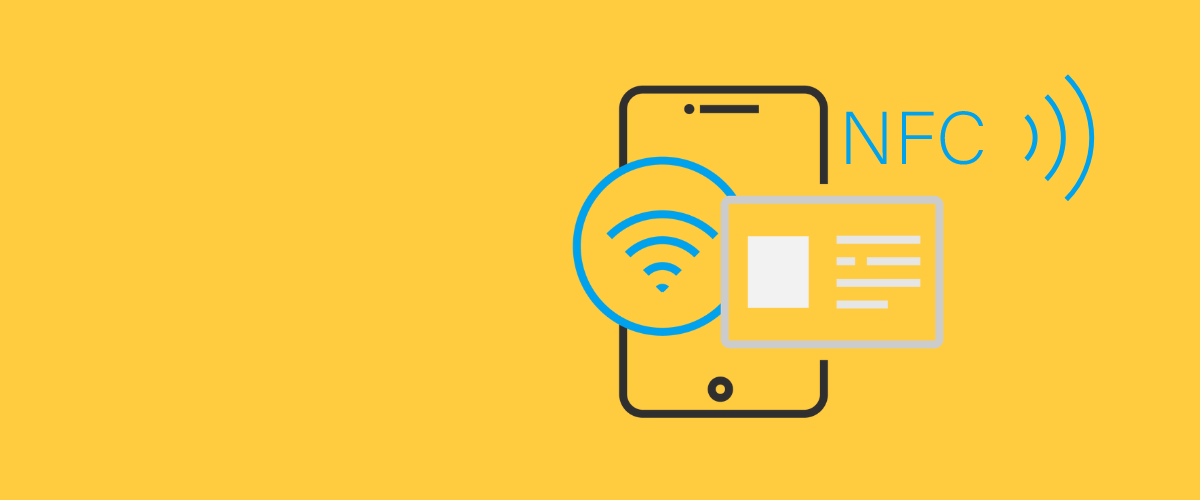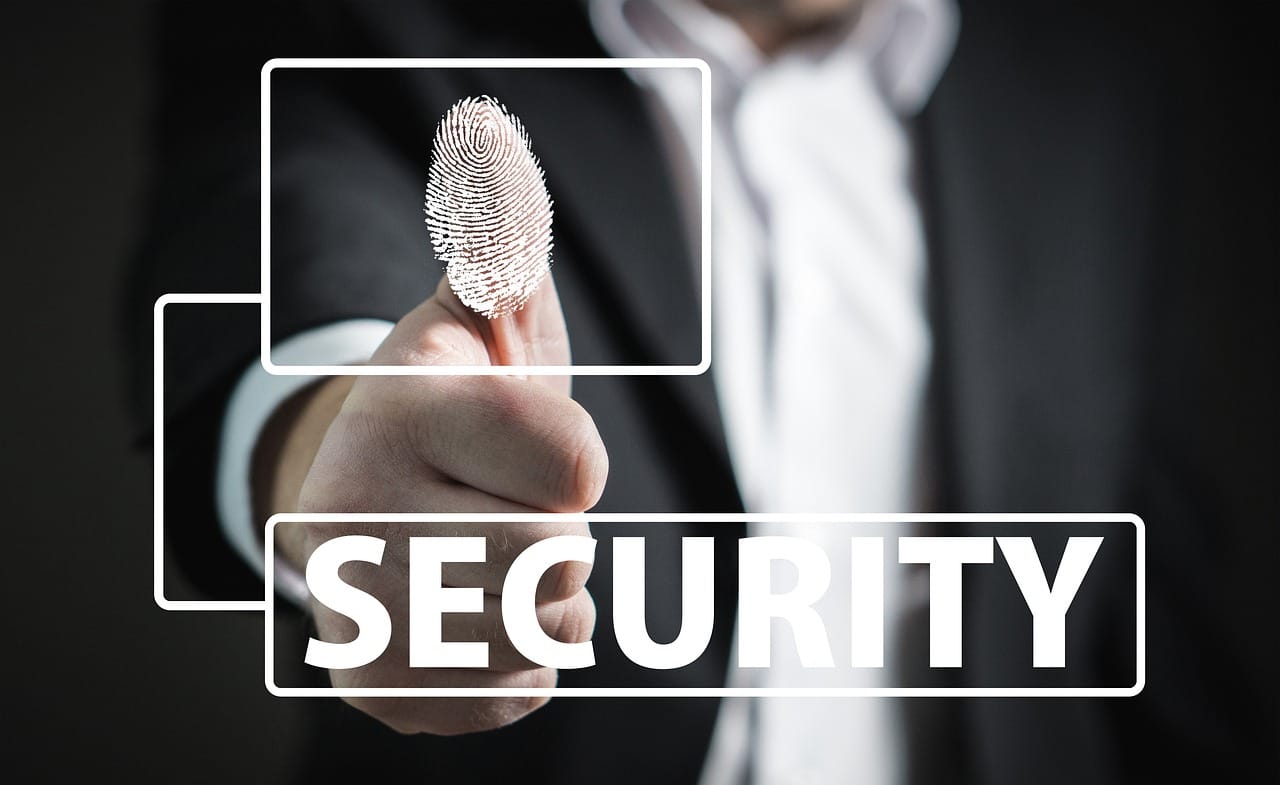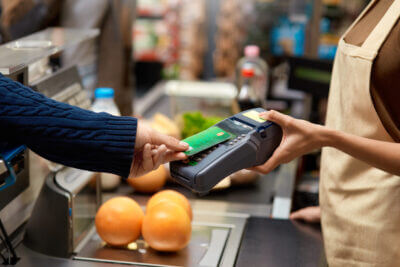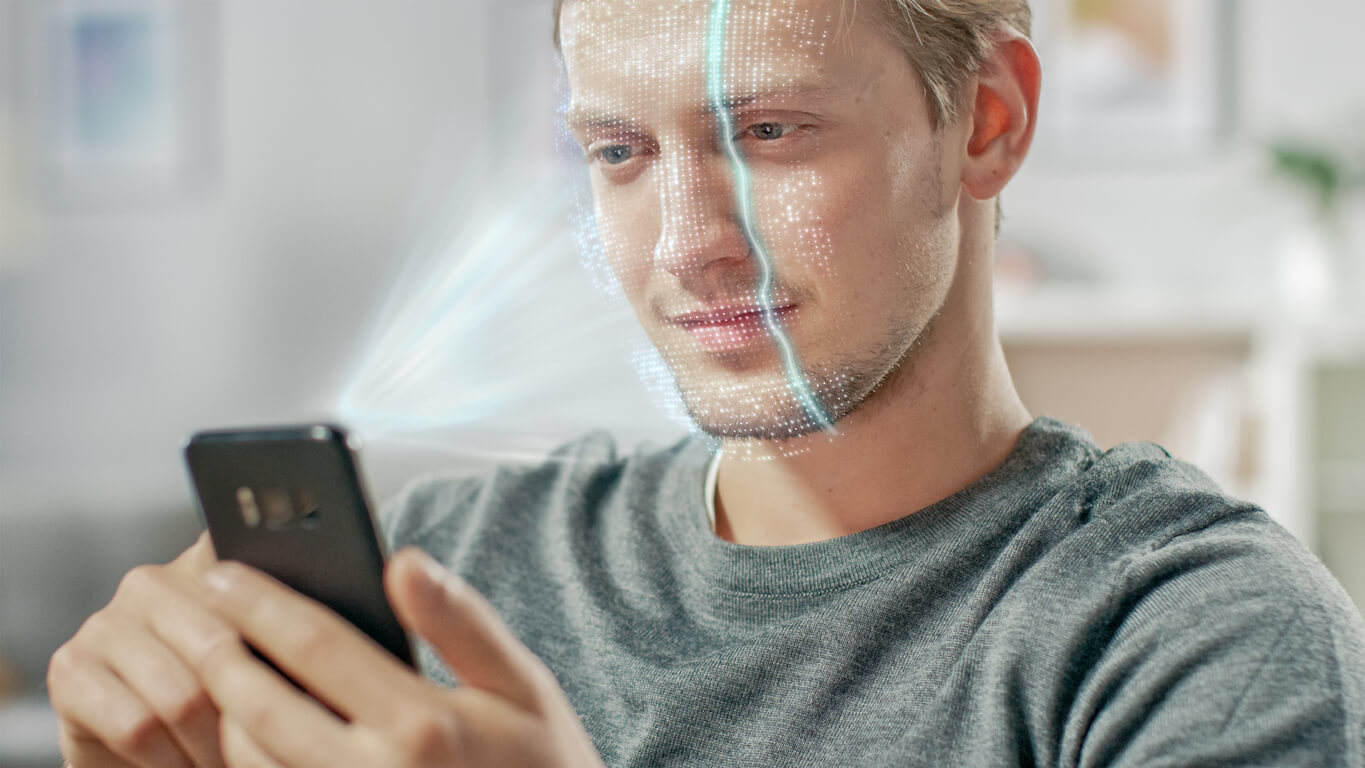NFC technology has established itself as a promising solution for identity verification. The fields of application and functionality of this technology provide a solid basis for secure authentication procedures.
What is NFC?
NFC stands for Near Field Communication. This wireless technology allows data to be exchanged over a short distance between two NFC-compatible devices.
NFC is based on RFID technology (Radio Frequency Identification) and enables data to be exchanged between devices via electromagnetic induction. Connection is established once the NFC-compatible devices either touch each other or are in close proximity to one another.
NFC Verification Use Cases
Near Field Communication has a broad range of applications in various areas and plays a crucial role in sectors that are subject to strict regulations and rigorous security standards.
However, the advantage of this technology is particularly evident in identity verification. One example of this is the Qualified Electronic Signature (QES), which requires a process certified by eIDAS. Another example is customer onboarding in banks. In Switzerland, this is carried out in accordance with FINMA guidelines and requires strict verification procedures. Similar regulations also exist in other European countries such as Germany and Austria, where BaFin and FINMA stipulate corresponding regulations for onboarding in the financial sector.
Unlike other wireless communication technologies, NFC operates within a limited range of around 10 centimeters. The short distance is an essential security measure and makes NFC ideal for identity verification.

Identity Verification with NFC
NFC-based verification has developed into a reliable method for securely confirming a person's identity. The integration of NFC chips in identity documents, such as ID cards or passports, enables a secure identity verification process. By presenting these documents near an NFC reader, verified information can be quickly retrieved and checked.
NFC verification delivers high precision when reading data from an NFC chip, delivering an accuracy of around 99.9%. In contrast, visual scans of ID documents only check printed information and are more susceptible to manipulation. Therefore, access to the data on the NFC chip significantly increases protection against counterfeit documentation.
Furthermore, NFC verification enables the certificate of the issuing country to be validated and thus additionally contributes to the security and authenticity of the verification process.
Last but not least, the NFC identity verification process is extremely user-friendly. By simply touching the NFC-enabled ID document with an NFC-compatible reader, identity verification is carried out quickly and hassle-free.
How does NFC Verification work?
NFC verification is based on communication between NFC-enabled devices that are equipped with special NFC chips. These chips enable data exchange over shorter distances of up to 10 centimeters. The connection is established by holding two NFC-enabled devices close together or touching one another; for example, a smartphone and an NFC tag.
The chips integrated into the NFC devices use a weak electromagnetic induction field to transfer data. This technology allows for quick and secure wireless communication between the devices. Therefore, NFC is best suited for applications that require fast authentication and data transmission, such as identity verification.
Process of NFC verification with PXL Vision
With PXL Vision, NFC verification for an identity check only takes 2–3 minutes:
- The first step involves scanning the front and back of the identity document with a smartphone camera.
- Next, the NFC-based identity check begins via the PXL Vision NFC Instant App (for Android) or the PXL Vision NFC App Clip (for iOS). By holding the ID card against the back of the smartphone, the data from the NFC chip is read and validated.
- The transmitted information is then compared with the identity document scanned in the first step.
- To increase security, NFC verification is combined with biometric authentication in the form of a selfie video. The scanned face is compared with the facial data stored on the NFC chip.
Types of Uses for NFC Verification
NFC technology is divided into three different modes that are used in various contexts:
- Peer-to-Peer: direct data exchange between two NFC-enabled devices (e.g., two smartphones).
- Card emulation: an NFC-compatible device assumes the function of an NFC card, e.g., a credit or debit card.
- Read-Write-Mode: reading data from an NFC tag.
Is NFC Verification secure?
The short range of NFC is a fundamental security aspect. The short distance serves as a protective barrier that significantly minimizes the risk of external attacks or data theft. In order to gain access, a potential attacker must be located very close to the NFC device.
Especially in combination with biometric authentication, NFC verification offers a high level of security. Biometric data is unique and difficult to falsify. When NFC technology is paired with biometric information, it results in an extremely dependable method for identity confirmation.
Conclusion
NFC verification has established itself as an extremely secure and user-friendly method of identity verification. With Near Field Communication, a quick and secure data transfer between NFC-enabled devices over a short distance is made possible. The technology relies on security mechanisms such as encryption, authentication, and limited range, making it a popular option for applications that require reliable identity verification.
Particularly noteworthy is the high level of security offered by NFC verification in combination with biometric authentication methods. The integration of facial recognition further enhances security and creates a user-friendly method of identity verification.
PXL Vision delivers identity verification methods that combine NFC verification and biometric authentication. NFC verification has long been part of our on-premise solution, but now our SaaS solution, PXL Ident, also supports NFC verification. If you're interested in the topic of NFC Verification, feel free to contact us here.
FAQ about Identity Verification using NFC
Most modern smartphones support NFC technology. If you have any concerns regarding NFC functionality, please refer to the device settings.
The data transfer speed of NFC is approximately 424 kB/s.
With NFC, certain security precautions are implemented, such as the short range, which makes it more difficult to steal data. Nevertheless, sensitive information should be encrypted, and unauthorized communication between the NFC devices should be prevented. To prevent unauthorized access when not in use, it's important to disable the NFC function.
NFC and RFID are similar technologies. Both are based on wireless communication and use electromagnetic fields to exchange data between devices.
NFC is a particular form of RFID technology that is characterized by a shorter range and higher security measures. On the contrary, RFID is designed for data transmission over longer distances and is commonplace in logistics and product verification. Due to its limited range, NFC is more frequently used for contactless payments or pairing devices.
.png?width=126&height=101&name=logo%20(2).png)
.png?width=63&height=51&name=logo%20(6).png)











